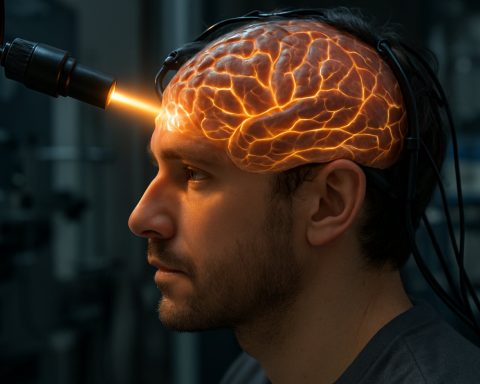
QWS3270 Terminal Emulation Software: The Mainframe Access Tool You Can’t Afford to Ignore
Unlock Seamless Mainframe Connectivity with QWS3270 Terminal Emulation Software. Discover How This Powerful Solution Transforms Legacy System Access for Modern Enterprises. Introduction to QWS3270:



















